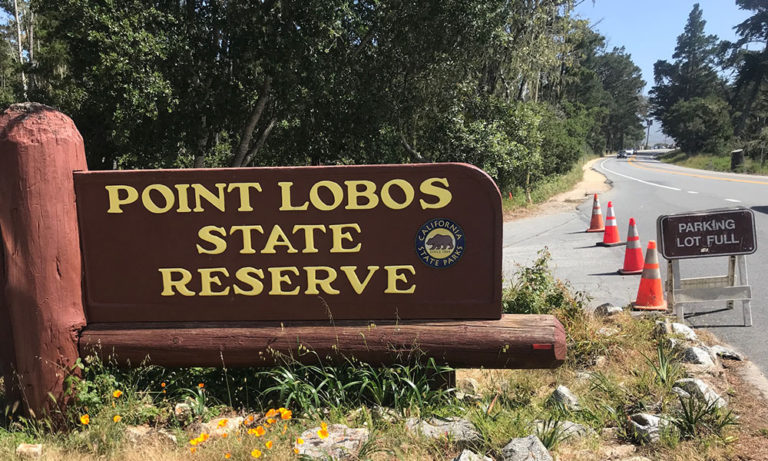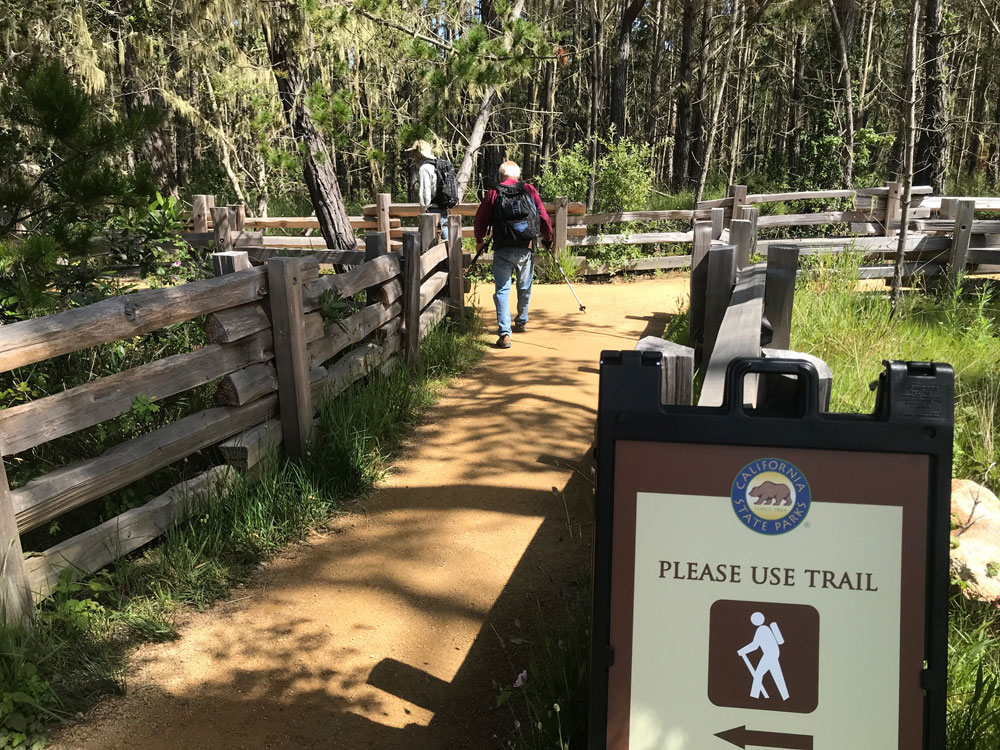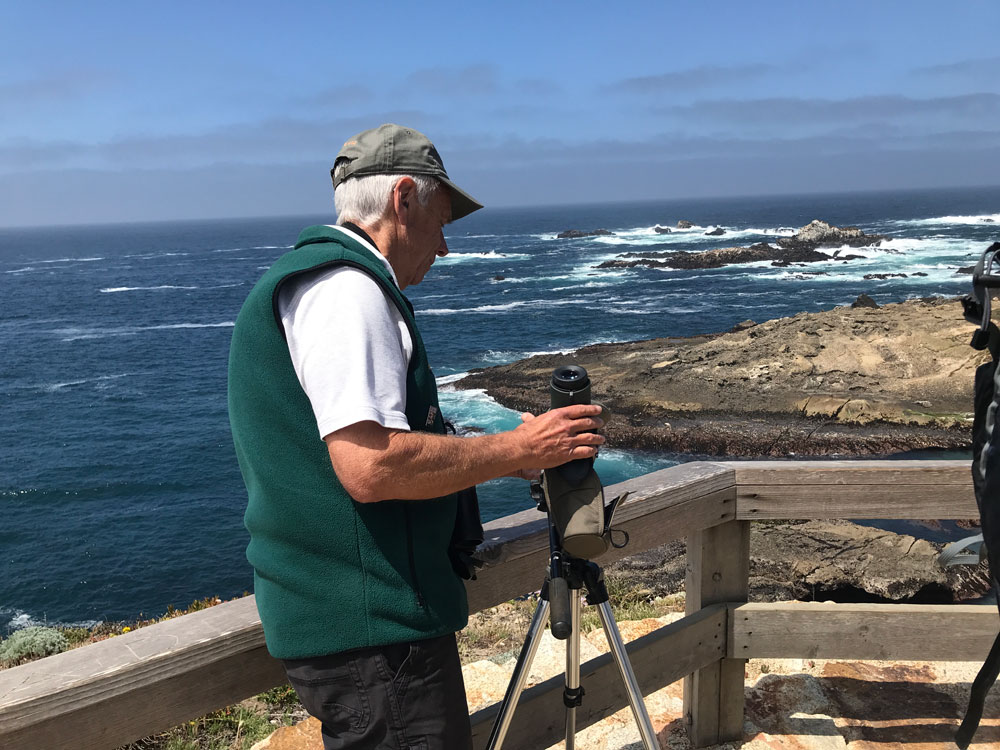On the count of three, shout your favorite thing about greater Santa Cruz.
One…two…three…FARMERS MARKETS!
Yes, judges will also accept Santa Cruz Mountain Pinot, surfing, tacos, craft beer and Bookie’s mushroom-nettle pizza with porcini white sauce.
But still, show me somewhere—anywhere—with as many vibrant, diverse and deep farmers markets, from Watsonville to the Westside.
The best way to honor them (and your own happiness) is to frequent them. But there’s another interesting new angle to do so, which is what inspires this note.
American Farmland Trust is currently hosting a 2024 Farmers Market Celebration, now through July 31, wherein Cruzers can geo-locate their fave markets using an interactive Google heat map and submit a vote, with $15,000 in prizes on the line for market organizing angels with the most grassroots/root vegetable support.
Because I’m all for recent winners like North Tonawanda City Market in New York and Overland Park Farmers Market in Kansas getting some shine on their squash.
And I’m ready for Santa Cruz to claim its crown. markets.farmland.org
VALID POINT
An outstanding summer tradition—Good Times readers have voted it Best Street Fair—hits a landmark this week as the annual Pleasure Point Street Fair turns 10. Come Saturday, June 22, more than 100 vendors fill Portola Drive (between 41st and 38th avenues) with arts, crafts, local services, food, beverages and a beer/wine garden. Plus local bands appear on two stages, the kids zone kicks in, Santa Cruz Boardroom oversees a skateboard contest, and all proceeds underwrite the nonprofit Live Oak Education Foundation. pleasurepointstreetfair.com
LEVELING UPWARD
Fresh Chaminade Resort & Spa leadership, including new Director of Food & Beverage Chance Van Cleef, translates to an inventive summer cocktail menu with pours like the pollen-infused pisco Pollinator and the chamoy lollipop Muchas Luchas. Director of Culinary Avram Samuels says the inspiration comes from Santa Cruz’s “local organic bounty, rich earth, seasons and a clientele who demands excellence,” adding drinks like The Santa Cruz Verde with Codigo tequila infused with cilantro, cucumber and jalapeno 1) seem preordained for the view of the Monterey Bay on the patio; and 2) benefit from tech techniques like using their sous vide machine to extract and meld ingredient essence. “It allows us to really accelerate the flavors exponentially,” Samuels says, “without having to reduce or use concentrates [and while using] fresh, local and sustainable produce.” chaminade.com
THINGS AND THANGS Alderwood’s new executive chef Mikey Adams has assembled a mouthwatering menu featuring things like ice-cold California Kumamoto oysters, glazed kampachi, black truffle squid ink rigatoni, grilled trout with smoked roe, alderwoodsantacruz.com…“It’s a Thursday Thing!” for both its Aptos and Santa Cruz outposts, Venus Spirits Cocktails & Kitchen announces, it being New England Lobster dinner specials, with pound-and-a-quarter bugs, coleslaw, Old Bay chips and drawn butter, for $40, 5pm till sellout, venusspirits.com…Woodies on the Wharf returns June 22, with free admission, more than 200 woodies, music, woodie goodies and prize drawings, santacruzwoodies.com…The Homeless Garden Project hosts Sustain Supper July 20, and it’s a doozie. Chef Reylon Agustin, culinary director at Big Sur’s singular Post Ranch Inn, conjures magic with locally sourced ingredients—many grown on site—UCSC Environmental Studies professor and Union of Concerned Scientists chair Anne Kapuscinski keynotes, and farm tours, local wines, live music and a special kombucha brewed from farm-grown inputs flow, homelessgardenproject.org…Happy solstice, Earthlings.






























The Editor’s Desk
You’ve got to love America’s tinkerers. Throughout history their pet projects have helped us race to the future.
Being fascinated by birds and bicycles, the Wright brothers solved the problem of how to get a machine to fly; 66 years later, not only were people traveling the world by plane, but some of them reached the moon.
Let’s add Santa Cruz’s Kyle Doerksen to the list. He was working for a company that made electric bikes, but he wanted something cooler, something locked into West Coast culture, an electric skateboard. He started over the hill, but moved to Santa Cruz…like all of us who know how great life is here. Now his invention is all over, sampled in our cover story not just by our young turk reporter, Josué Monroy, but by septuagenarian photographer Tarmo Hannula. They both loved it. How cool is that?
It’s almost impossible to see one and not want to try it. The craziest thing I’ve seen on a Onewheel is a guy who carries his young kid to school on one in Aptos. Inventions like this are helping get us out of our cars, something that makes for a brighter future.
Now, if only our government would catch up and require all these new housing developments to be solar powered, we could really wean off the carbon teat that is sucking the life out of the planet. Companies are already making progress on building batteries powered by salt!
Not to be left in the past, boarder Ruby Lee Schembari checks out Bill’s Wheels, one of the original skateboard shops and a Santa Cruz landmark.
Who doesn’t love farmers markets? They’ve changed the landscape and are one of the great modern and retro developments, like those free libraries outside people’s homes. Mark C. Anderson pays tribute and steers you to fresh, locally grown eats.
Oops. I almost forgot myself. I always tell my writers, please try and keep yourself out of the story. No one cares about what the writer thinks…they want to hear about the main characters, the stars, the subjects of your profiles.
But I snuck one in, hopefully with good reason. For 24 years I’ve been playing and writing with one of the biggest bands in Mexico, El Tri, a band many compare to the Rolling Stones. They are playing in San Jose Saturday and I’m going to be sitting in. It’s the highest high I know and I tried to share that with you in my arts story. Imagine you are a street musician and one day the biggest band you know asks you to share the stage with them. I often have to pinch myself and make sure I’m not dreaming.
I hope I’m not. I’m really not sure. But I promise you this: whatever language you speak, this Spanish rocking band is one of the best in the world and you will enjoy it as much as I do.
Thanks for reading.
Brad Kava | Editor
PHOTO CONTEST
DUCK WALK This lucky duck hits up a parking lot looking for free food. Photograph by Jo Koumouitzes
GOOD IDEA
As the nation celebrates Pride Month, Dignity Health is honored to announce that Dominican Hospital has been recognized in the Human Rights Campaign Foundation’s 2024 Healthcare Equality Index (HEI).
The HEI is the nation’s foremost benchmarking survey of healthcare facilities on policies and practices dedicated to the equitable treatment and inclusion of LGBTQ+ patients, visitors and employees. The HEI evaluates Non-discrimination and Staff Training; Patient Services and Support; Employee Benefits and Policies; Patient and Community Engagement, and Responsible Citizenship.
Of 1,065 participants, 384 received the top score of 100, earning the “LGBTQ+ Healthcare Equality Leader” designation.
GOOD WORK
The Volunteer Center’s Empowered Aging Division recently received a significant grant from the Central California Alliance for Health to support the expansion of its evidence-based falls prevention program, A Matter of Balance. This expansion will enable the program to offer the no-cost classes in Spanish, and in underserved areas such as Pajaro Valley and San Benito County.
The program is designed to reduce the fear of falling and increase activity levels among older adults. It emphasizes practical strategies to manage falls, addressing fear of falling, setting goals for increasing activity, making changes to reduce fall risks at home, and promoting exercises to increase strength and balance.
There are two sessions this summer. For info, contact Bridget Walcott at 427-5070 x118, or br*************@***************er.org.
QUOTE OF THE WEEK
“If necessity is the mother of invention,
urgency is the uncle of change.”
— Nell Scovell —